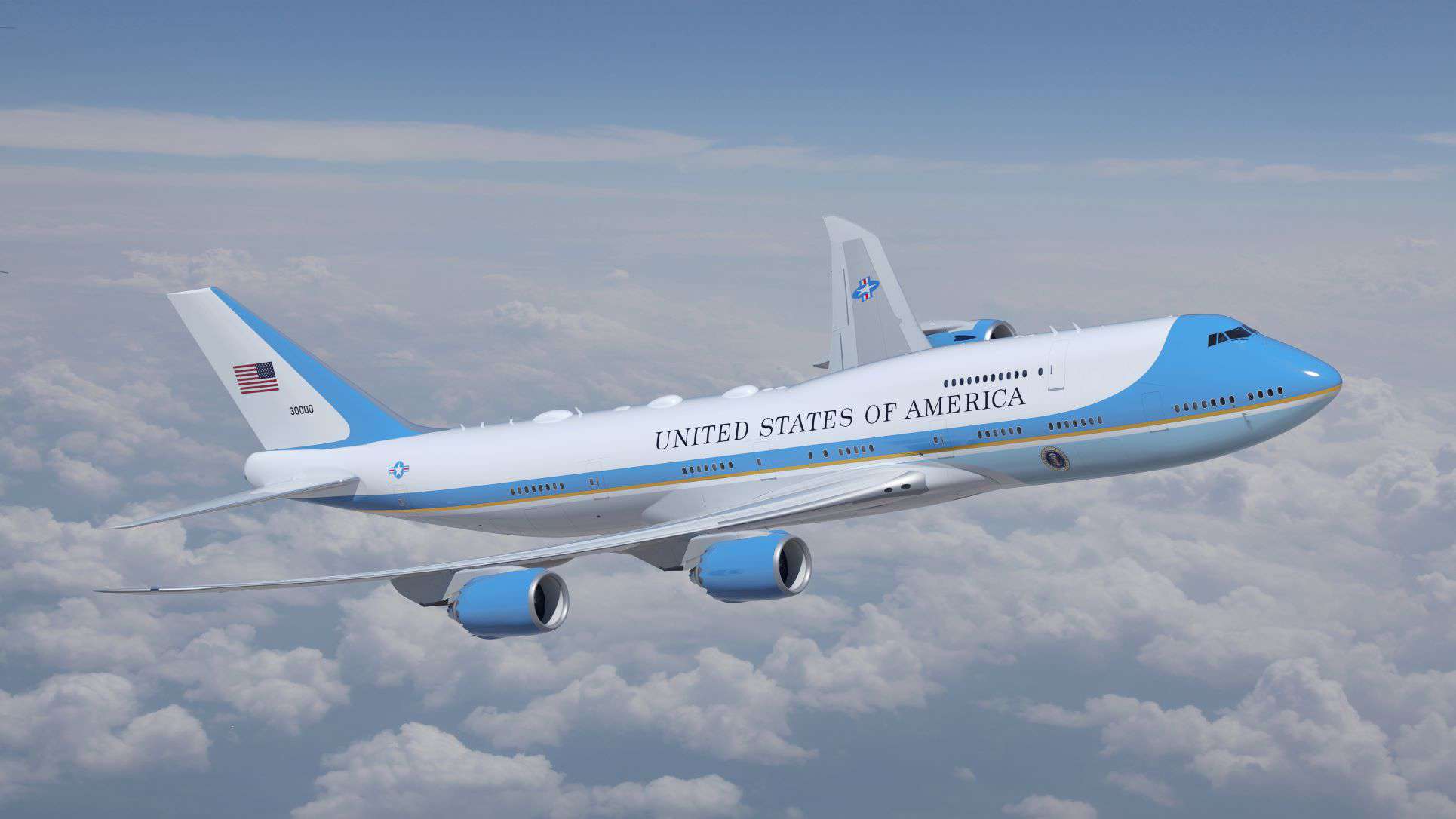

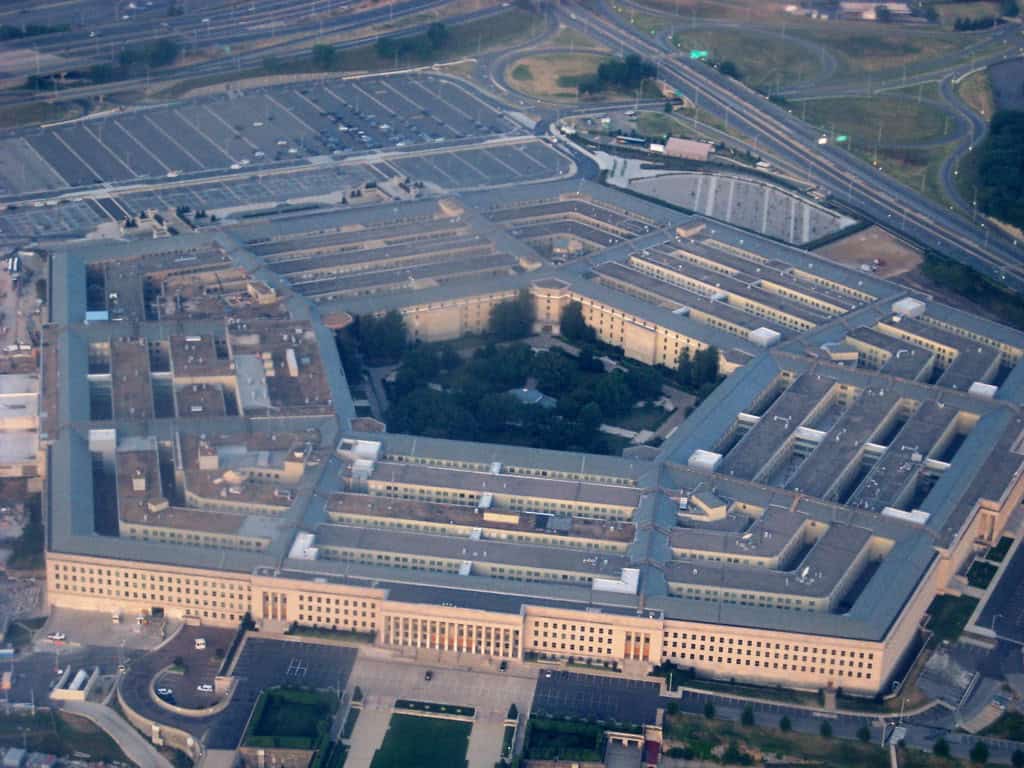
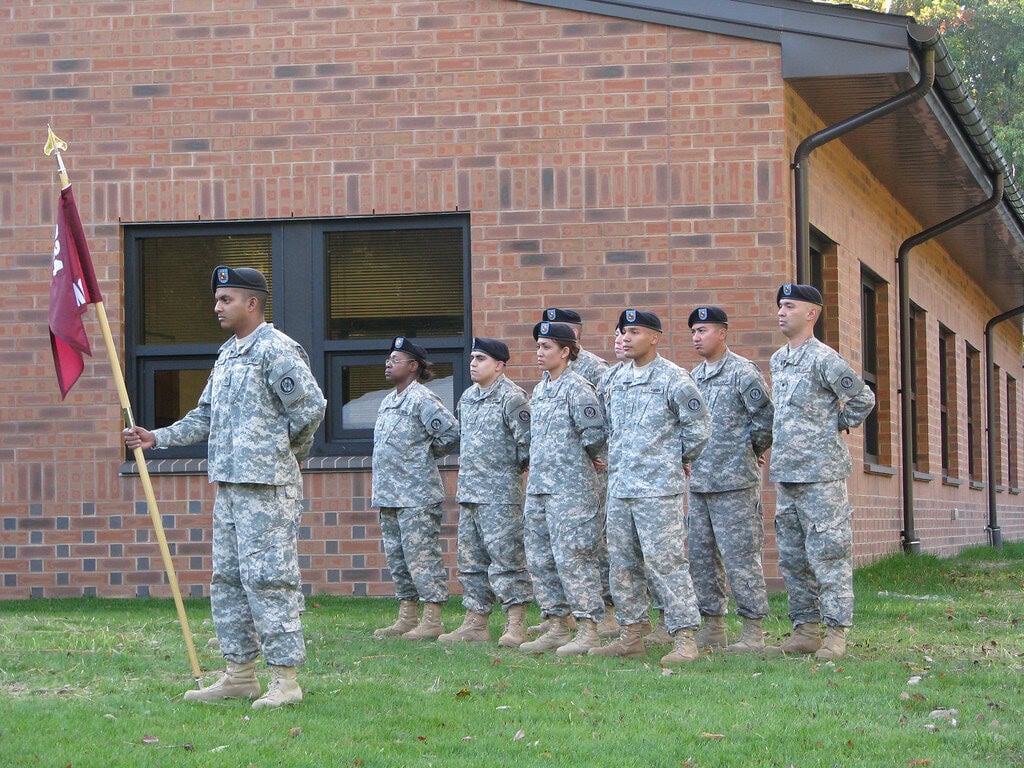
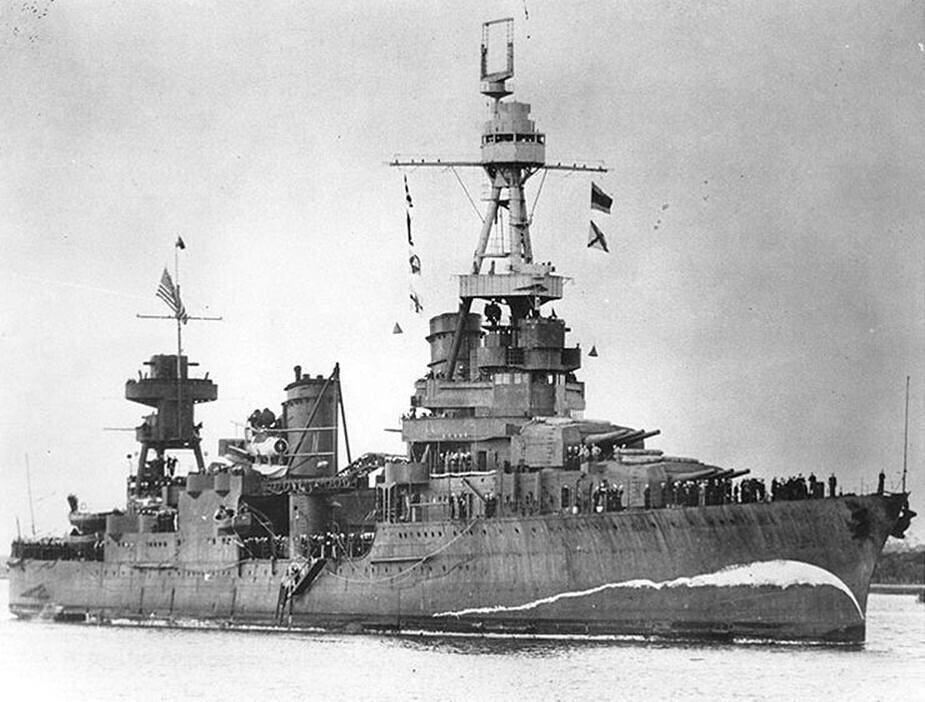
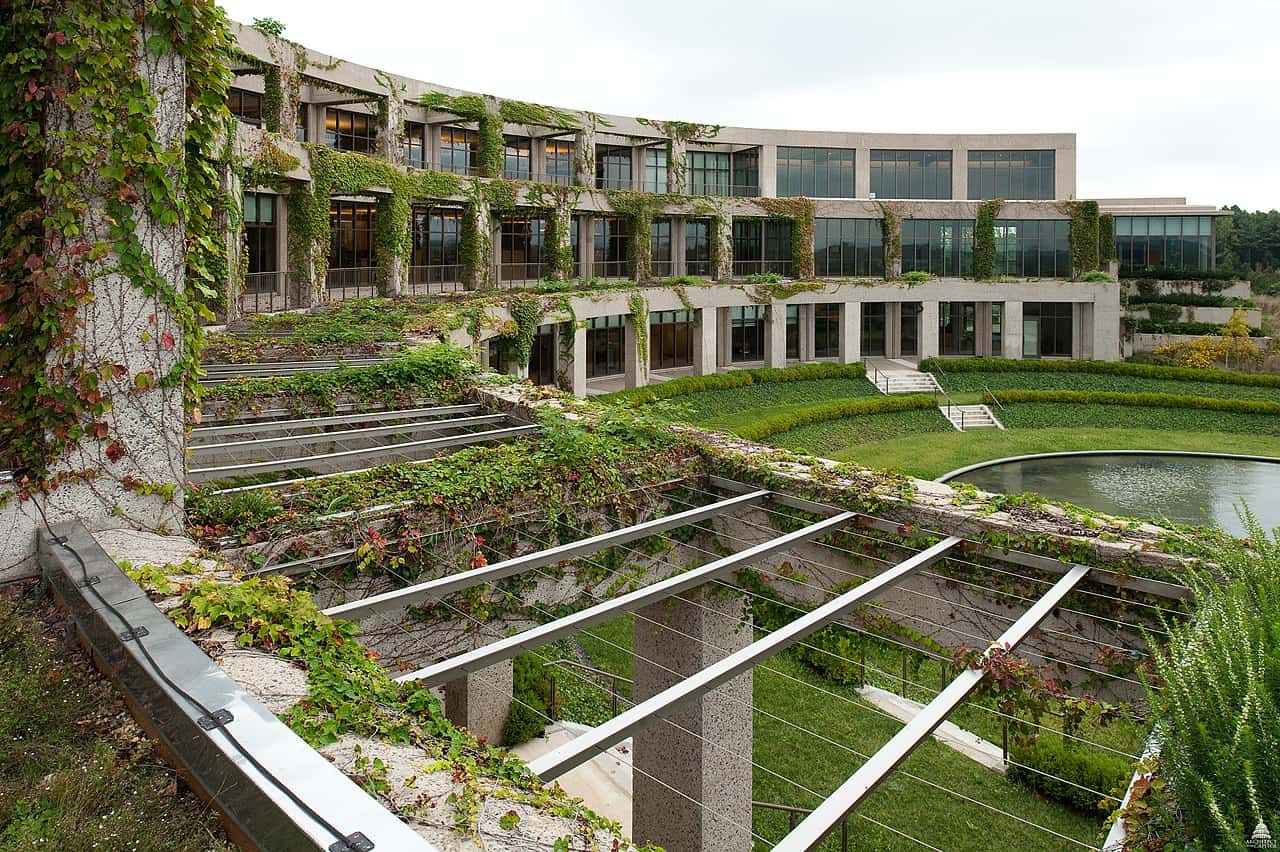
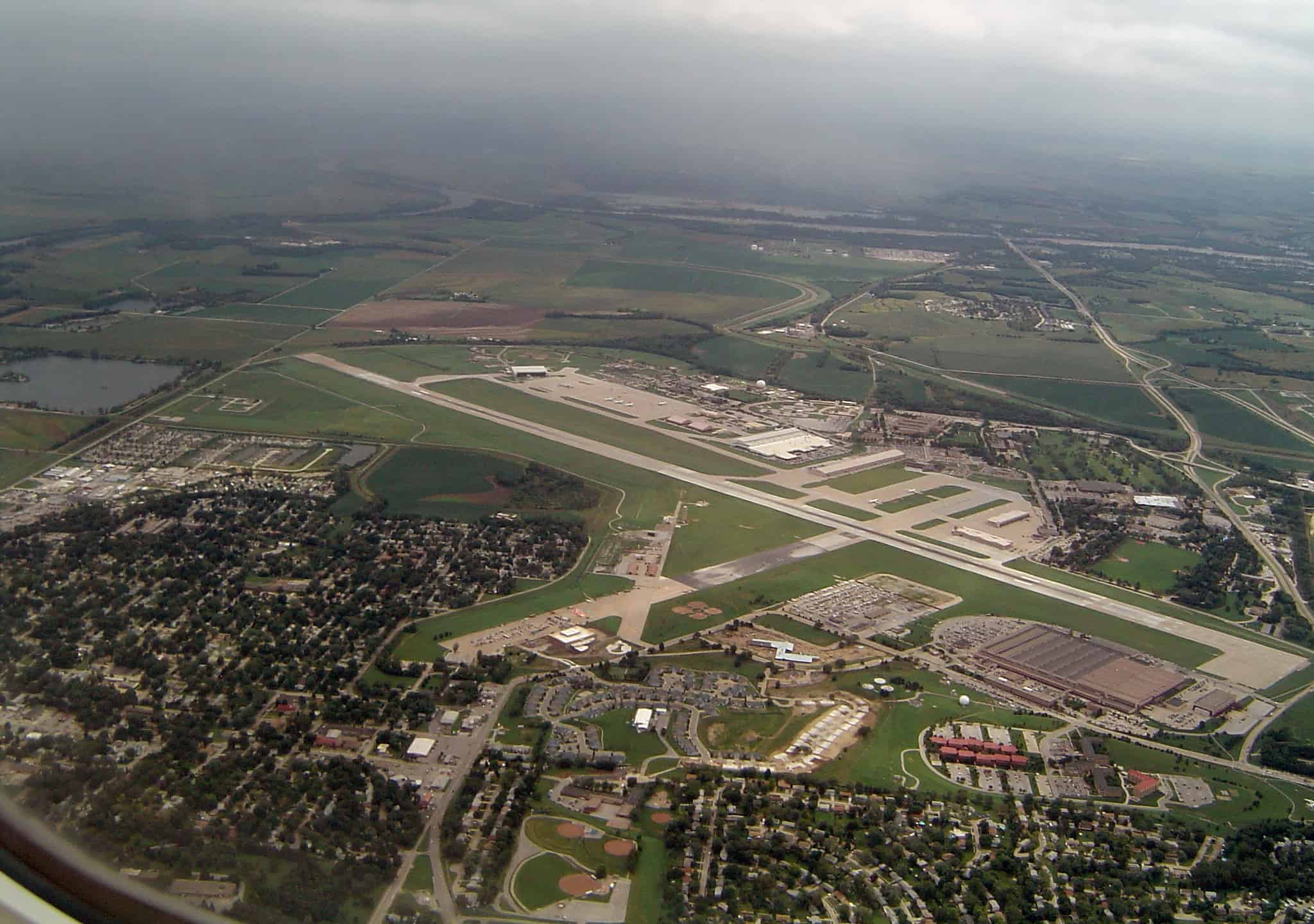

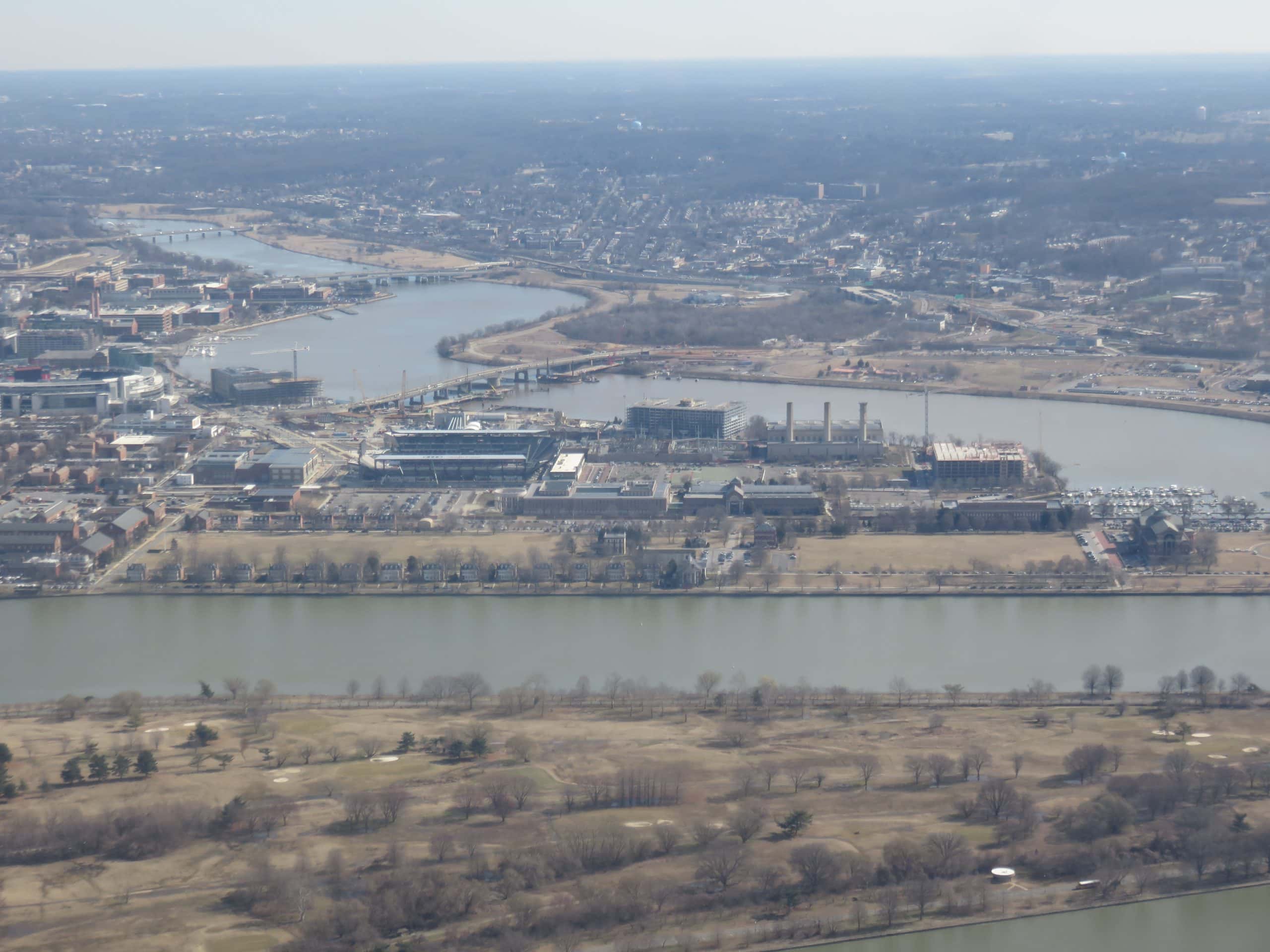
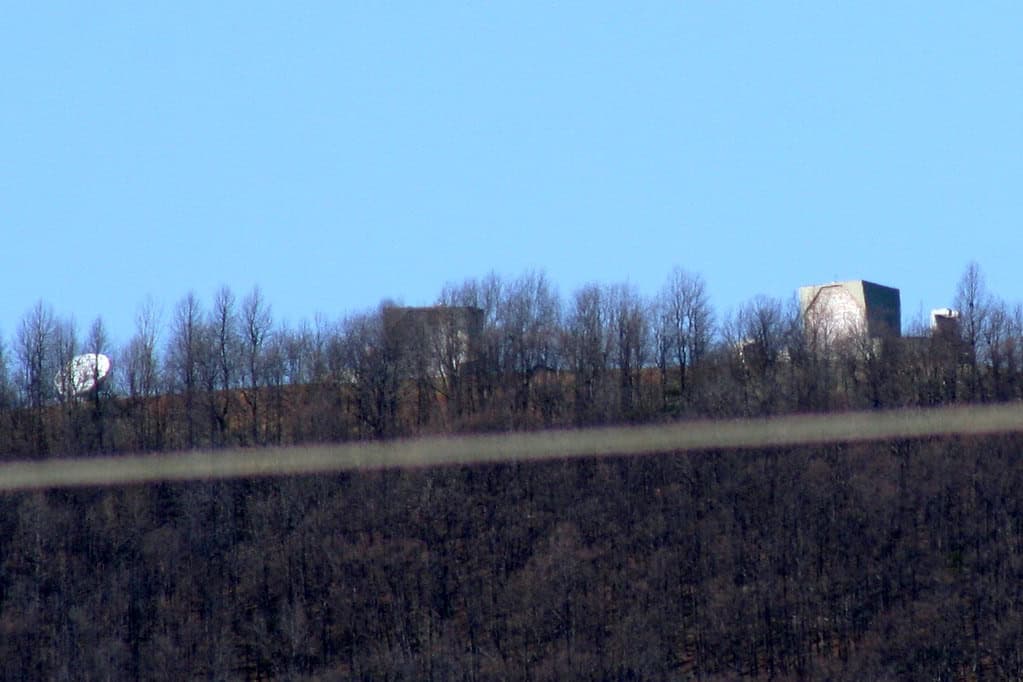


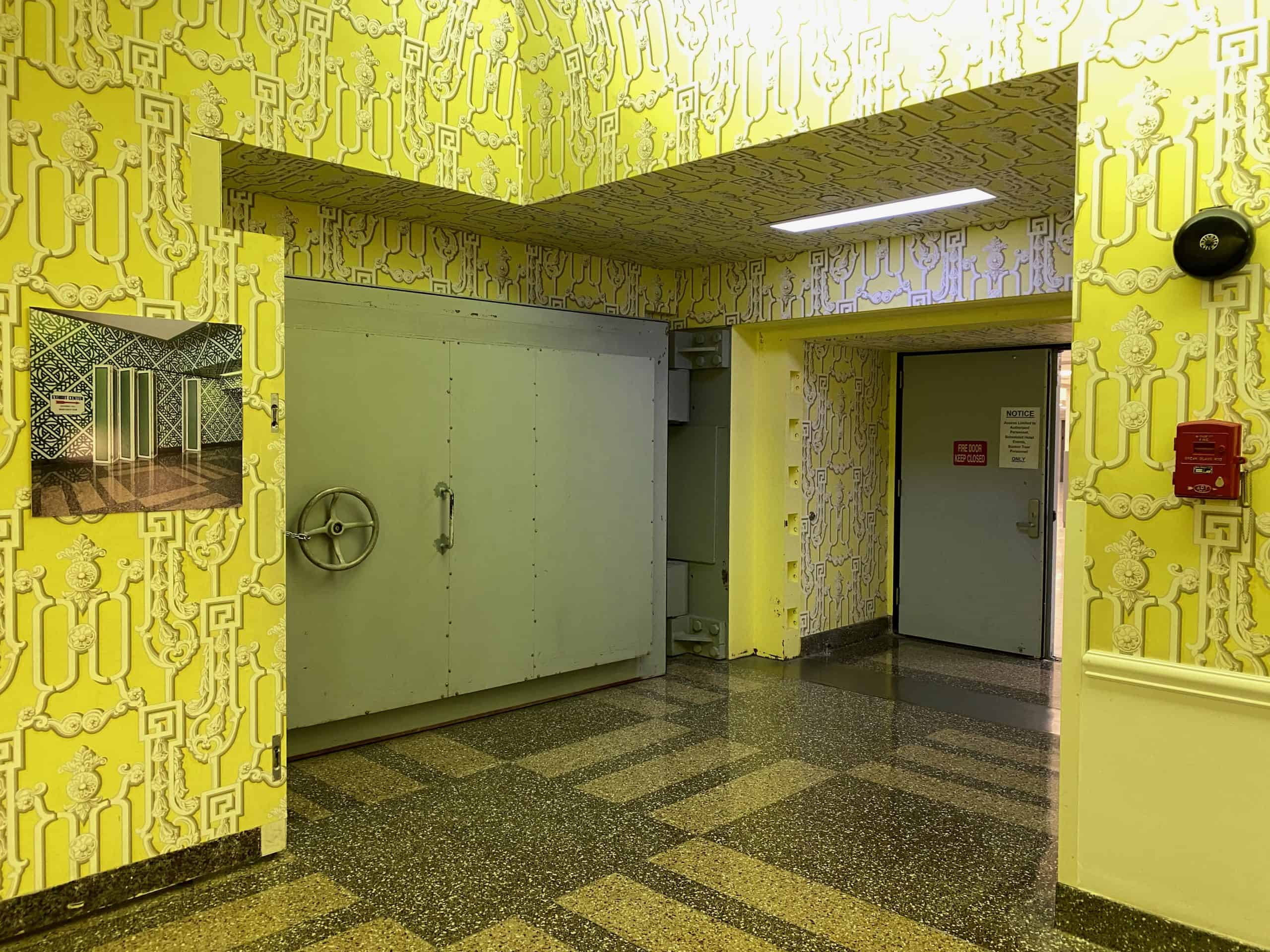
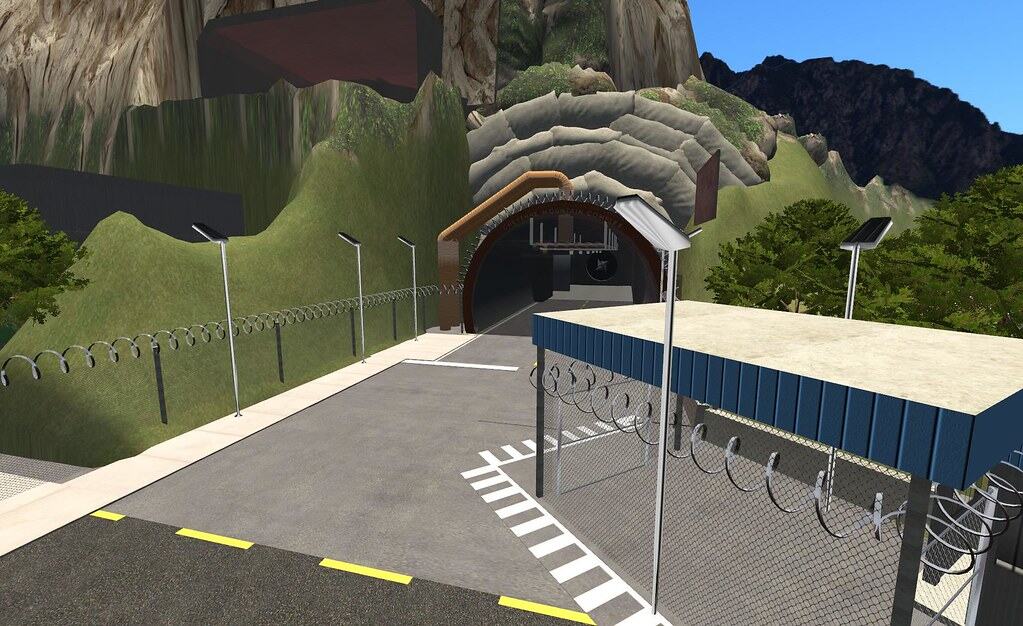
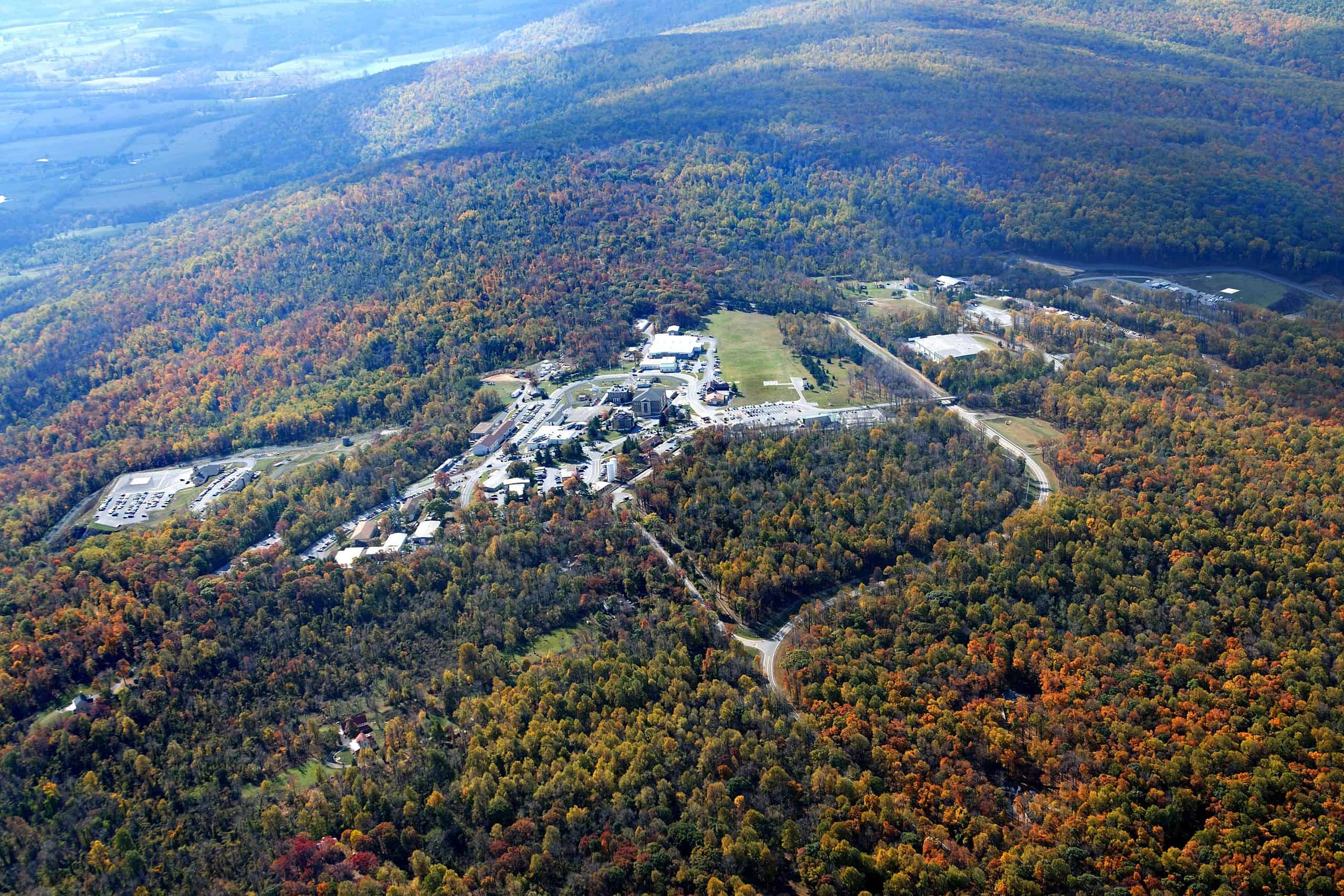
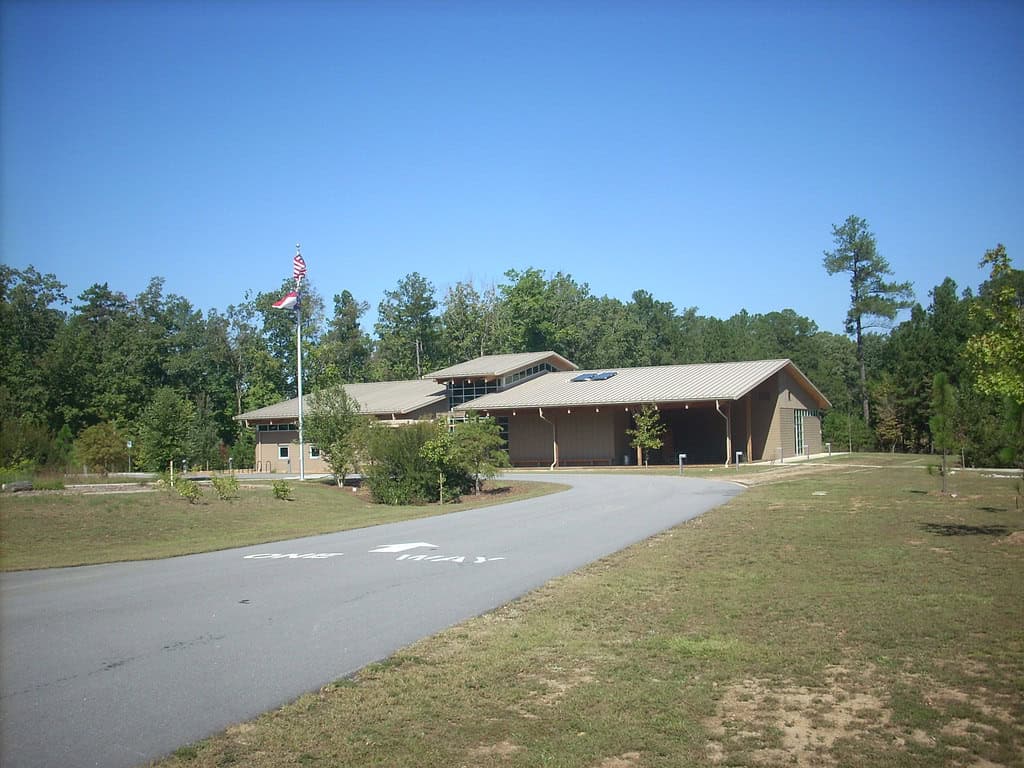

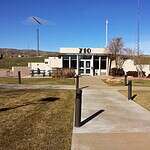
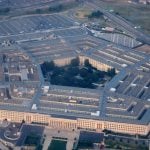
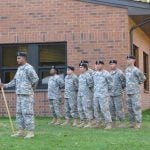
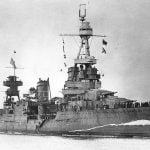
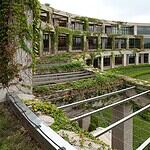
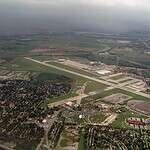



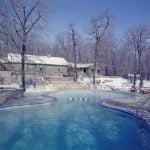

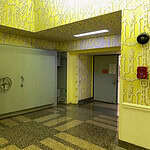
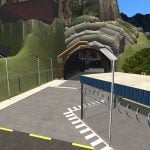
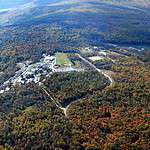
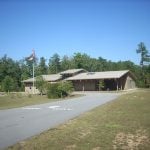
15 Presidential Safe-Havens Meant for Worst-Case Nuclear Disasters
In the event of a worst-case scenario in the United States, with a nuclear attack at the top of any list, it’s paramount that the government survives to maintain law and order. As a result, the United States established a network of bunkers across the country to quickly relocate the President and high-ranking government officials from Washington, D.C., during the Cold War, in case tensions with Russia escalated beyond control.
While most Cold War-era public fallout shelters are no longer maintained, several government bunkers meant for continuity of government are still operational today.
15. Denver Federal Center
With 670 acres of space housing 90 buildings, the Denver Federal Center includes 28 different federal agencies, the most prominent such location outside of Washington, D.C. Located in Lakewood, Colorado, the Denver Federal Center is an active facility used by FEMA as a regional operations center with highly classified underground components.
Its location in the Western US reflects a strategic plan to geographically disperse key government functions in the event of an attack.
14. Deep Underground Command Center
While it was never built near the Pentagon, the Deep Underground Command Center was proposed as a US military installation set between 3,000 and 4,000 feet beneath the surface to withstand a direct nuclear attack. President Lyndon Johnson rejected the proposal and indicated he had no intention of hiding in such a facility while Washington, D.C., and the East Coast were “burned to a crisp.”
13. Olney Federal Support Center
Formerly known as the Olney Federal Support Center, the Olney Support Center is an underground facility at the US Naval Surface Warfare Center in Montgomery County, Maryland. Over 75 acres, NSWC acquired the facility from FEMA in March 2019. Still, it was previously used as a communication and data facility and as the central control center for the US National Warning System. The facility's emphasis was on civilian agency continuity.
12. USS Northampton
An Oregon City-class heavy cruiser, the USS Northampton was built in August 1944 and commissioned into service in March 1953. Aside from its primary military role, the Northampton was part of the US government's plan for continuity as a “floating White House” to which the president could be evacuated in the event of a Cold War nuclear attack. As such, the ship was designed as the National Emergency Command Post Afloat alongside the USS Wright.
11. Mount Pony
Nicknamed “Mount Pony,” the Culpeper, Virginia National Audiovisual Conservation Center location was the one-time bunker available to government officials, including the Federal Reserve.
During the Cold War, Mount Pony housed enough US currency to replenish the entire cash supply east of the Mississippi River in case of any Cold War attack. It was supported by steel-reinforced concrete, which was almost 30 centimeters thick, and supported the continuation of government before 1992.
10. Offutt Air Force Base
Offutt Air Force Base, located south of Omaha, Nebraska, is the headquarters of the U.S. Strategic Command (USSTRATCOM). On September 11, 2001, President George W. Bush was flown to Offut Air Force Base and held one of his first essential strategy sessions with senior advisors and cabinet members to discuss a response to the attacks. The site remains active and contains an extensive underground infrastructure as part of its Cold War nuclear strategy.
9. Sugar Grove Station
A former National Security Agency communications site in Pendleton County, West Virginia, is believed to have intercepted all international communication entering the Eastern United States.
The rural setting of this location was integral to the continuity of government communications, but it was closed in 2015. It is currently being converted into a healthcare facility for active-duty military and veterans.
8. Fort McNair
Situated in Buzzard Point, Washington, D.C., the Fort McNair Congressional Bunker is a post-9/11 replacement for the Greenbrief Bunker, specifically for congressional members during catastrophic events.
Most recently, Congressional members were pictured in images released in 2022 having been evacuated to this site during the January 6, 2021, attack on the United States Capitol.
7. Peters Mountain
Peters Mountain was built to resemble an AT&T communications station in the Appalachian Mountains in Virginia. It can hold a few hundred to over a thousand people in the event of an attack that requires the continuity of the government plan to be implemented. The exact role of Peters Mountain remains classified, and it remains an active location.
6. Camp David
Best known as a “country retreat” for the President, Camp David also includes a Presidential Emergency Operations Center (PEOC). Camp David is a hardened bunker in the hills of Catoctin Mountain Park, 62 miles northwest of Washington, D.C.
A command and control bunker, believed to be 140 feet underground, was built in 1959 during the height of the Cold War.
5. President’s Emergency Operations Center
Located beneath the White House, the President’s Emergency Operations Center (PEOC) is the primary evacuation site for the President if they are in the White House during an attack.
Built during World War II, the current PEOC includes modern communications equipment to maintain and coordinate with the outside world. Military officers staff the PEOC around the clock, while its exact size and capabilities are highly classified.
4. Greenbrier Bunker
Built as an emergency relocation center for the United States and Congress, the entire legislative branch was meant to be moved here in the event of a nuclear attack. The facility is under the luxurious Greenbrier Resort in White Sulphur Springs, West Virginia.
Declassified after the Washington Post ran an article on its existence in 1992, the government lease has since been terminated, and it now operates as a tourist attraction.
3. Cheyenne Mountain
The Cheyenne Mountain Complex is one of the best-known locations near Colorado Springs, Colorado, thanks to multiple Hollywood portrayals. It was formerly used as the United States Space Command and NORAD center, but is now redesignated as an Air Force station.
The facility is located 2,000 feet inside a mountain and operates in a “warm standby” mode as a NORAD backup. A skeleton crew maintains 15 three-story buildings and even a Subway restaurant.
2. Mount Weather
Better known as Mount Weather Emergency Operations Center, this government command facility is considered the primary relocation site for the most senior civilian and military leadership in the US.
Located near Bluemont, Virginia, in the Blue Ridge Mountains, the facility remains active and is used by FEMA. Exact capabilities of the location are classified, but it’s believed to be a “city within a mountain” with massive infrastructure.
1. Raven Rock
Known as the “Underground Pentagon,” the Blue Ridge Summit, Pennsylvania, location is otherwise known as “The Rock.” Complete with 38 communications systems, it has operations centers for the Army, Navy, Air Force, and Marine Corps. It was (and still is) one of the main US continuity of government locations for senior leadership during the Cold War.
It has received significant upgrades post-9/11 and was where Vice President Cheney was taken on 9/11 to protect him from additional attacks.
